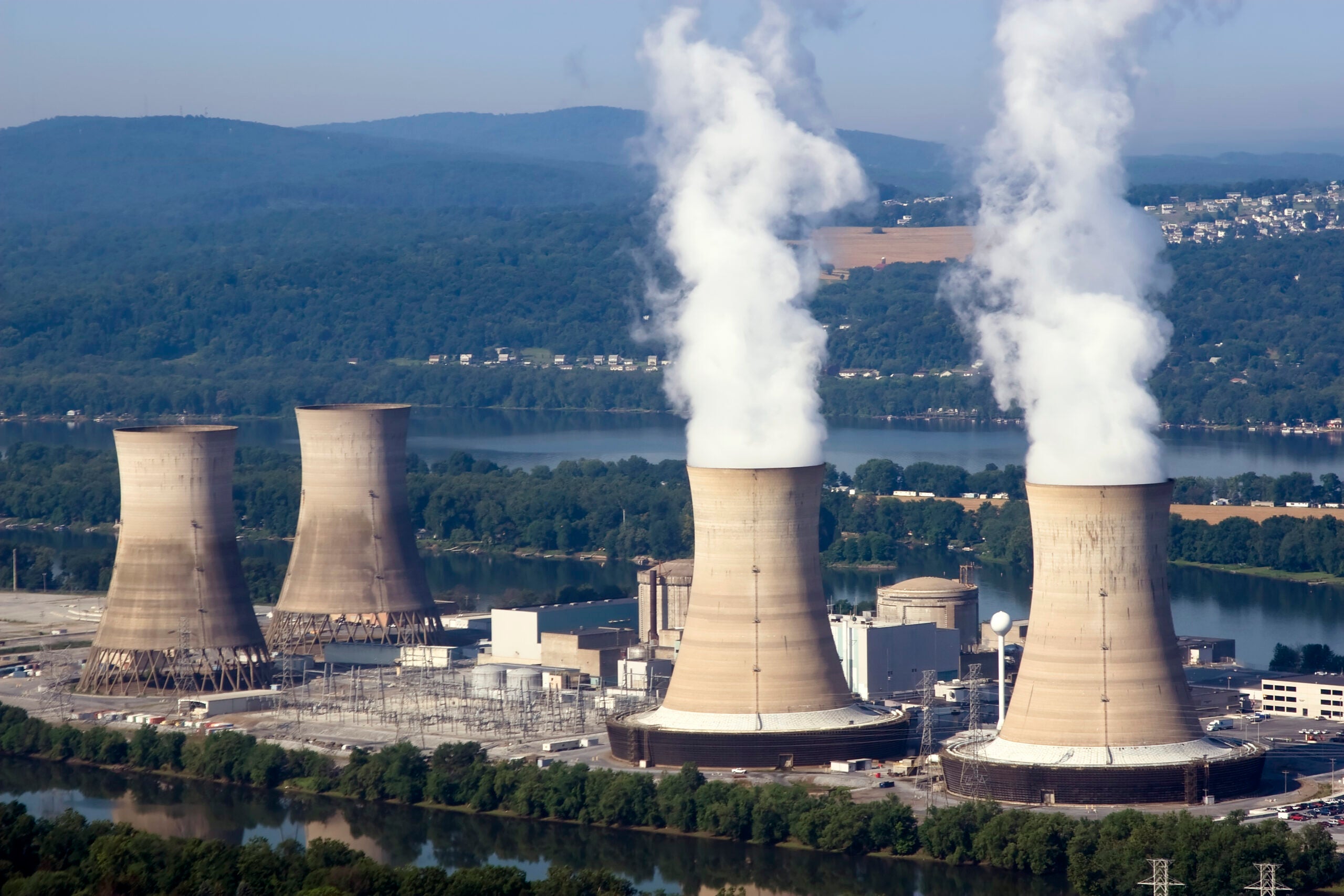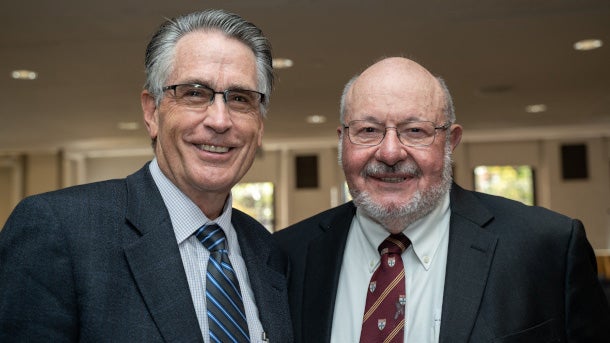After wildfires, a call for better testing, stricter standards for lead-contaminated soil

To reduce the health risks of lead exposure from soil contaminated by wildfires, governments should improve soil testing practices and implement stricter safety standards for lead levels, according to researchers from Harvard T.H. Chan School of Public Health.
The experts outlined best practices for post-wildfire soil remediation in a Perspective article published August 8 in the Journal of Exposure Science and Environmental Epidemiology. Their work was part of the broader Los Angeles Fire Human Exposure and Long-Term Health Study (L.A. Fire HEALTH Study)—a multi-institutional collaboration that aims to evaluate the health impact of the January 2025 wildfires.
The researchers based their recommendations on a review of California’s process for determining whether soil in residential areas is safe. They found that the state’s lead standard may not be protective enough, since it is based on outdated modeling. The researchers recommended putting stricter standards in place, as well as mandatory soil testing at the site of destroyed properties.
“We’re getting asked these questions every single day … ‘Is it safe for my kids?’” said lead author Joe Allen, professor of exposure assessment science, in a Los Angeles Times article about the study. “I can’t look at somebody in the eye anymore, knowing what I know about these models, and tell them yes.”
Other co-authors of the article were Kari Nadeau, Parham Azimi, Gen Pei, Lauren Ferguson, and Lindsey Burghardt.
Read the article: Post-fire soil hazards: recommendations for updated soil testing protocols and clearance thresholds
Read an L.A. Fire HEALTH Study summary of the article: LA Times: Scientists argue for stricter lead soil contamination standards. What fire survivors should know.


